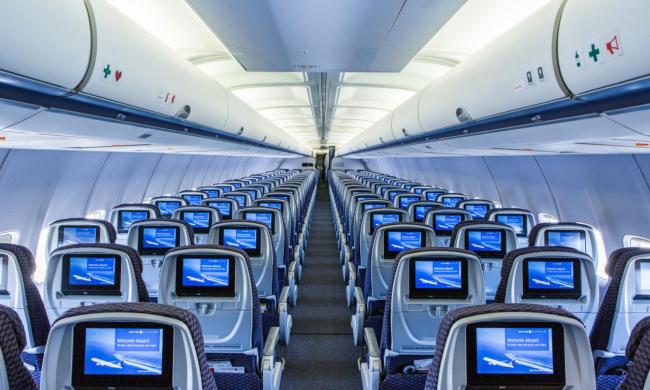Market analysis firm comScore has announced that, by its estimates, the global Internet audience surpassed 1 billion people for the first time during December 2008. As with all estimates of global markets, the numbers are a little fuzzy: comScore considers a member of “the Internet audience” to be someone age 15 years old older accessing the Internet from home or work, and doesn’t look at how someone is accessing the Internet or for what purposes.
“Surpassing one billion global users is a significant landmark in the history of the Internet,” said comScore president and CEO Magid Abraham, in a statement. “It is a monument to the increasingly unified global community in which we live and reminds us that the world truly is becoming more flat.”
comScore’s numbers also highlight an interesting breakdown of the world’s Internet users: the Asia-Pacific region is by far the largest population of Internet users, accounting for some 41.3 percent of all Internet users during December&mdashl;and, within that, China along represented nearly 17.8 percent of the worldwide Internet audience. In contrast, Europe accounted for 28 percent of the global Internet audience, North America managed a 18.4 percent share, Latin America came in with 7.5 percent, and the Middle East and Africa accounted for 4.8 percent.
The United States accounted for 16.2 percent of the global Internet audience, and Japan accounted for 6 percent. Other top countries include Germany, the UK, France, India, Russia, Brazil, and South Korea.
comScore also found that Google’s services have the widest global reach, with some 77 percent of all global Internet users connecting at some point. Microsoft sites came in second with a 64.2 percent reach, wile Yahoo came in third with a 55.8 percent reach.


